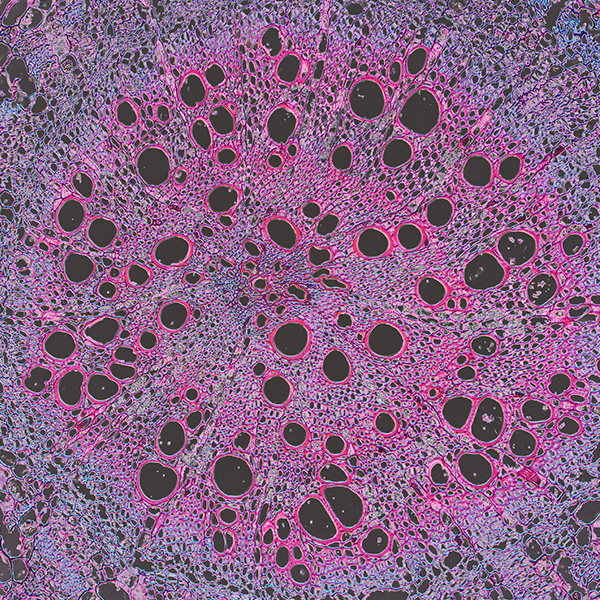Key Benefits
- See how fluid balance, kidney function, and inflammation affect your heart failure.
- Spot low sodium that signals advanced heart failure and guides fluids and diuretics.
- Track creatinine to protect kidneys during diuretics, ACE inhibitors, ARBs, or SGLT2 medicines.
- Explain swelling with albumin, reflecting fluid retention or possible poor nutrition.
- Flag inflammation that can worsen heart failure and signal infection or comorbid disease.
- Clarify fatigue or dizziness by linking sodium and creatinine results with medications.
- Track trends over time to gauge stability, diuretic response, and hospitalization risk.
- Best interpreted alongside BNP/NT‑proBNP, weight changes, vitals, and your symptoms.
What are Heart Failure
Heart failure biomarkers are blood signals that reveal how strained, injured, or remodeling the heart is. They are released by heart muscle and supporting cells when the heart faces pressure or volume overload, oxygen shortage, or chronic stress. The most familiar are the heart’s stretch hormones, the natriuretic peptides (BNP, NT‑proBNP), which rise when the chambers are stretched. Injury markers like cardiac troponin (high‑sensitivity troponin) reflect ongoing damage to heart muscle. Remodeling and scarring cues, such as soluble ST2 (IL1RL1) and galectin‑3, mirror stress on the heart’s structural scaffold and inflammatory activity. Because the heart works in a network, some biomarkers also capture the body’s wider stress signaling and organ crosstalk with lungs and kidneys (neurohormonal activation). Used together, these markers help confirm heart failure, distinguish it from other causes of breathlessness, gauge severity, personalize therapy, track congestion and recovery, and estimate future risk. In short, they translate the heart’s biology into actionable clinical insight.
Why are Heart Failure biomarkers important?
Heart failure biomarkers translate how the heart’s pump performance is affecting the whole body—kidneys filtering, liver protein production, salt–water balance, and inflammation. They help flag congestion, low output, and immune stress before symptoms escalate, and they track risk over time.
Albumin reflects liver synthesis and nutritional reserves; a general reference range is about 3.5–5.0, with outcomes better toward the higher end. Sodium tracks water balance and neurohormonal activation; typical values sit around 135–145, with stability best near the middle. Creatinine mirrors kidney filtration and muscle mass; common adult ranges are roughly 0.7–1.3 in men and 0.6–1.1 in women, and lower-normal tends to indicate better kidney function when muscle mass is adequate. High-sensitivity CRP gauges systemic inflammation; under 1 is low cardiovascular risk, 1–3 average, and above 3 higher risk, so lower is preferable.
When values fall, each tells a specific physiologic story. Low albumin signals impaired synthesis, inflammation, or protein loss, worsening edema, ascites, fatigue, and poor healing in heart failure. Low sodium reflects dilution from excess water and vasopressin drive in advanced heart failure, bringing confusion, weakness, cramps, and a higher hospitalization risk. Low creatinine can mean low muscle mass, frailty, or pregnancy-related hemodilution; in children and women it naturally runs lower, so context matters. A low hs-CRP generally indicates quieter inflammation and better outcomes.
Big picture, these markers knit the heart to kidneys, liver, vasculature, immune system, and metabolism. Tracked together and over time, they refine prognosis, illuminate multi-organ stress, and help anticipate decompensation and long-term risks.
What Insights Will I Get?
Heart failure biomarker testing matters because it tracks how the heart’s pump function influences fluid balance, organ perfusion, inflammation, and protein metabolism—systems that power energy delivery, cognition, immunity, and recovery. At Superpower, we test Albumin, Sodium, Creatinine, and hs-CRP to read this cross‑talk between heart, kidneys, liver, and vessels.
Albumin is the main blood protein made by the liver. In heart failure, low albumin reflects inflammation, liver congestion, or hemodilution and weakens oncotic pressure, promoting edema. Steadier albumin signals better vascular integrity, nutrient transport, and a lower inflammatory/catabolic state.
Sodium is the key extracellular electrolyte governing water balance. In heart failure, low sodium often marks neurohormonal activation (vasopressin) and fluid excess, and correlates with severity. More stable sodium suggests steadier fluid status and neurohormonal control.
Creatinine is a filtration marker produced by muscle and cleared by kidneys. In heart failure, rising creatinine indicates cardiorenal strain from low forward flow or venous congestion. Stable creatinine supports adequate renal perfusion and capacity to excrete salt and water.
hs-CRP is a high-sensitivity inflammation marker. In heart failure, higher hs-CRP reflects systemic inflammation and adverse remodeling. Lower values imply a quieter inflammatory milieu and more stable vascular and myocardial biology.
Notes: Interpretation varies with age, pregnancy, acute illness, liver or kidney disease, and hydration status. Diuretics and other cardiovascular drugs affect sodium and creatinine. Albumin is a negative acute-phase reactant and can fall with inflammation or dilution. hs-CRP is nonspecific and rises with infection or injury.







.avif)



.svg)





.svg)


.svg)


.svg)

.avif)
.svg)










.avif)
.avif)
.avif)


.avif)
.png)


